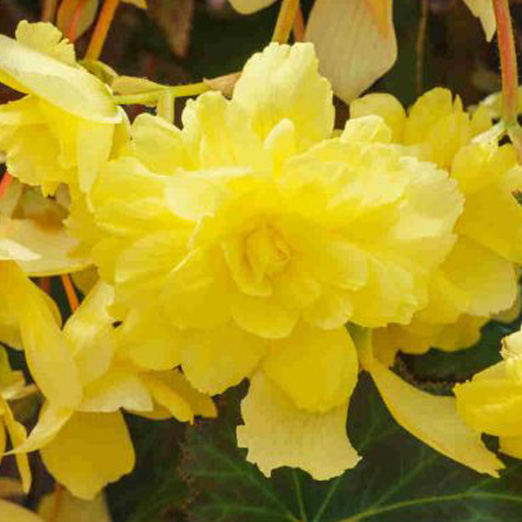How to grow Viburnum Opulus
Viburnums are part of a genus of 150 shrubs from the Adoxaceae family that range from perennial to annual in nature. Viburnum opulus is a beautiful example of the genus - also known as Snowball Tree due to its incredible creamy-white clusters of blooms. Another name you might hear Viburnum opulus called is Guelder Rose, due to its origination in the Dutch province of Gelderland.
As a deciduous and native shrub, Viburnum opulus flowers between winter and spring and is fully hardy. During the spring bloom, large white flowers appear followed by small, red fruits – the blooms provide plenty of interest for pollinators such as bees and butterflies, due to their abundance of nectar. Similarly, Viburnum opulus’ fruity seeds are devoured by birds.
Ideal for the back of a flower bed or border, Viburnum opulus grows to a height and spread of 5m once it has fully matured. Viburnum opulus’ most well-known cultivar is Viburnum opulus ‘Roseum’ and this species is a trouble free and dependable variety. Once established, Viburnum opulus is fully hardy and drought tolerant.
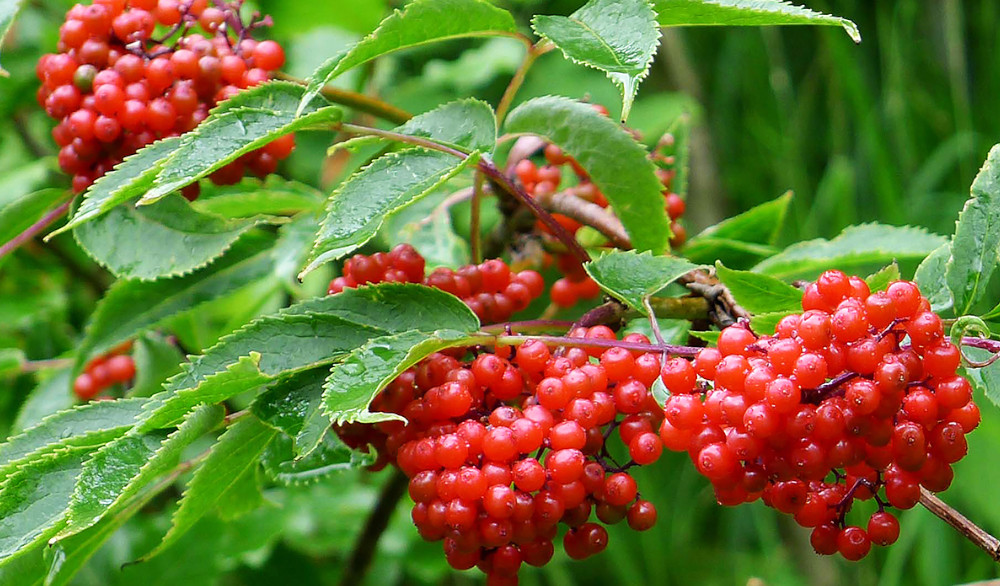
Key Information
Soil pH
Position
Hardiness

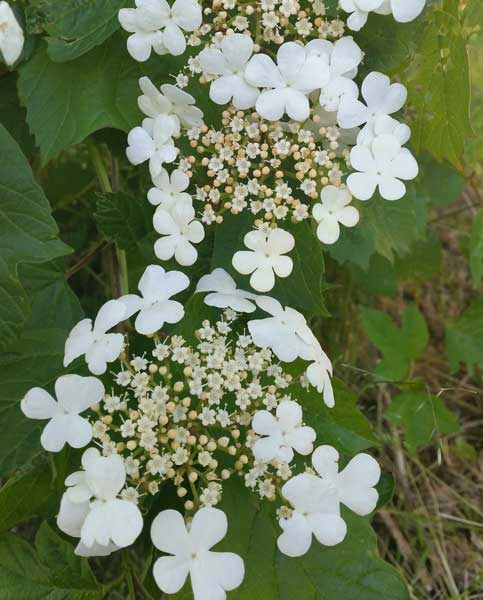
Where & when to plant Viburnum Opulus
The best time to plant your Viburnum opulus is in the autumn or spring. If planting Viburnum opulus in autumn, do this early on in the season to allow the plant to grow and stabilise before the winter frost. Viburnum opulus can be planted in a container or border.
How to plant Viburnum Opulus
- Choose a position in bed, border or garden that benefits from 4-8 hours of sunlight per day. Ideally, this position will have some shelter from a wall or a fence - protecting Viburnum opulus from strong winds.
- Dig a hole in your desired position that is 2-3 times as wide and deep as the roots. If you are planting multiple Viburnum opulus, leave a gap of 1m between each.
- If your soil is not currently well-draining, add sand or gravel to create drainage - this is essential for the healthy, long-term growth of your Viburnum opulus.
- Add your root ball to the soil and backfill with the soil you previously removed. Tamp the soil around the plant and settle in by watering. Water regularly while Viburnum opulus is establishing. If adding fertiliser to the soil, the best time to do this is with a shallow layer in the spring.
What to plant with Viburnum Opulus
As a back border plant, pair Viburnum opulus with other plants that are shorter, enjoy well-draining soil and can handle either full sun or partial shade conditions. Winter-flowering clematis is a good choice, with its beautiful floral display and climbing growth habit. Coronilla will add yellow and lemon-scented blooms during the winter sun and hellebores are a great pick with its dainty flora and hardy nature.
Please contact our excellent Customer Care Team if you would like any help or planting tips for your Viburnum opulus. Below are a few ideas to help get you started.
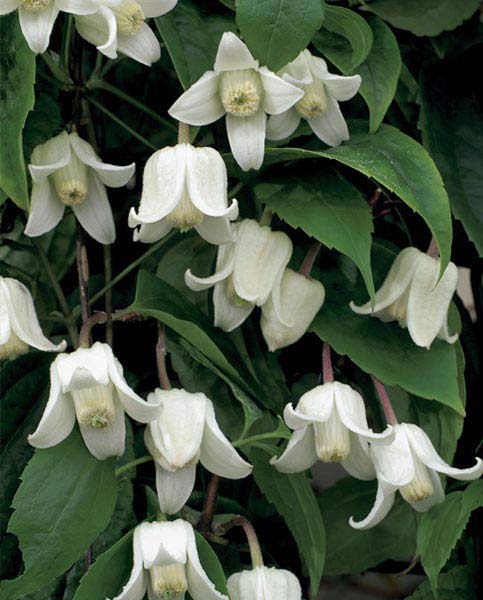
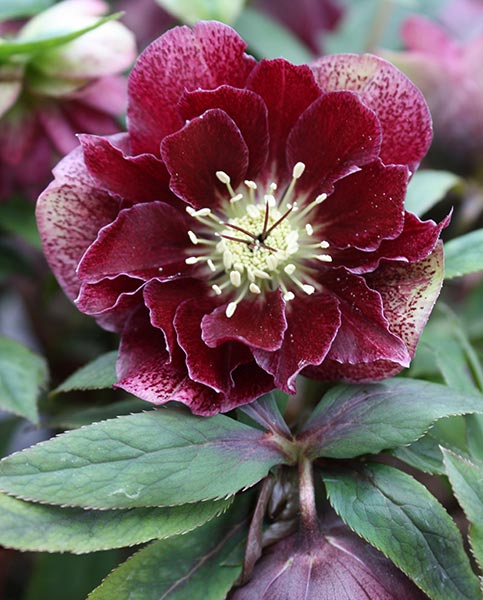
How to care for Viburnum Opulus
Pruning & Deadheading
Viburnum opulus blooms after two years, so do not prune radically until at least this point! Of course, you can remove any dead, diseased or unsightly stems for aesthetic purposes. Once established, prune in early autumn to allow recovery time before the first frosts.
Watering
Viburnum opulus thrives in well-draining soil and will enjoy a position in full sun – remember to water accordingly. Water frequently whilst establishing and then you can water your plant only when soil begins to dry as it matures.
Cold Protection
As a winter-spring bloomer, Viburnum opulus does not need much cold protection. However, if you can plant Viburnum opulus in a position with shelter from cold winds.
Pests & Diseases
While there are no well-known pests and diseases for Viburnum opulus, be mindful of root rot. This can occur if the plant is left in standing water or over-watered in soil with poor drainage. Avoid root rot by only watering once the soil has almost dried out, as it will stop oxygen from reaching the roots of your Viburnum opulus.
How to propagate Viburnum Opulus
The most effective way to propagate Viburnum opulus is by softwood cuttings. The best time to do this is in the late spring or early autumn. Sterilise gardening scissors or secateurs before use to reduce the spread of any disease from other plants
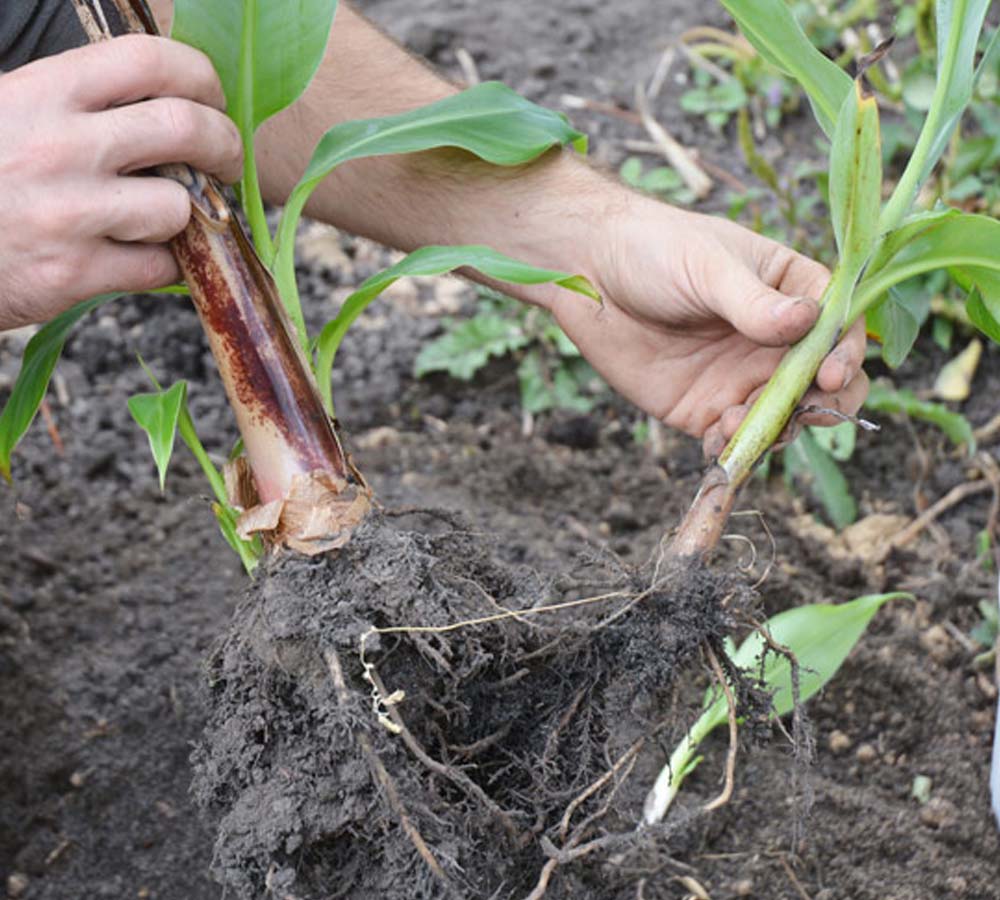
Trim 10-15cm of length from healthy shoots and add each directly to a small pot or container of water to reduce moisture loss

Once you have taken all of your cuttings, remove the leaves from the lower third (3-5cm) of each stem, leaving a small amount of leaf joint intact. Gently damage the end of the cutting by scraping it with the scissors. Trim the end of the cutting diagonally to encourage fresh growth. Add to potted rooting soil and water in to settle

Cover your cutting pot with a plastic bag or cloche and place it in a warm and sunny position. Water regularly to keep the soil moist and check the cuttings for rooting after a few weeks by gently pulling on the cutting
Common Viburnum Opulus Questions
How fast does Viburnum opulus grow?
Viburnum opulus is not particularly fast-growing, growing between 20-40cm per year. With an eventual height of 5m, Viburnum opulus takes 12-25 years to fully mature.
Is Viburnum opulus a tree?
Technically speaking, Viburnum opulus is a deciduous shrub. Although Viburnum opulus grows to great heights, it does not have a trunk; instead, it grows from several main stems, making it a shrub rather than a tree.
How big does a Viburnum opulus grow?
Viburnum opulus grows to 8m in height and 4m wide in spread.



